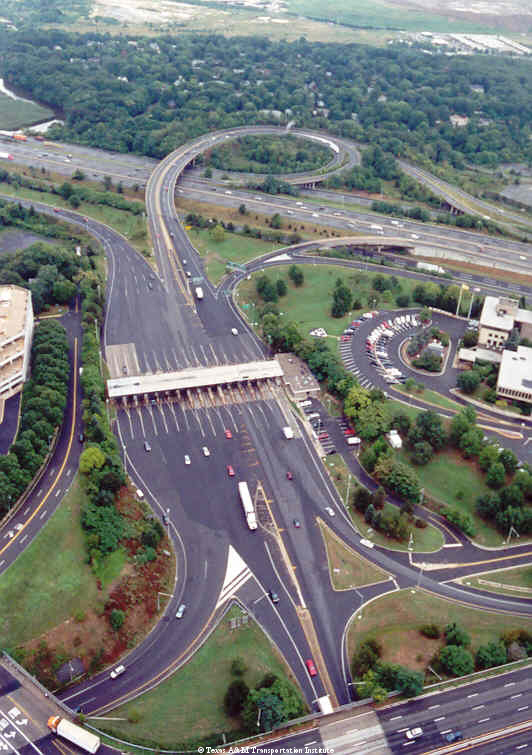What’s the Problem?
Texas’ Transportation Planning and Programming (TPP) Division of the Texas Department of Transportation (TxDOT) is in charge of creating models to understand travel demand on Texas roads. These models are then used to plan future development of roads in each of Texas’ 25 study areas. However, TxDOT is now required to also conduct studies that look specifically at toll roads to prepare for future enhancements. TPP does not currently have a procedure to include current toll roads in their modeling studies because their procedure views toll roads as planned improvements and does not have a model for toll roads as already established pieces of the transportation network.
What’s the Solution?
Researchers at the Texas A&M Transportation Institute were asked to research how other larger urban units in Texas and in other states address the issue of toll road modeling. The analysis and recommendations from TTI will then be applied to TTP work in the future to better incorporate toll road projections into future roadway preparation plans.
How Was the Study Done?
Modeling procedures predict what roads will be needed in a given area based on current traffic statistics. The objective of study was to provide TPP with potential procedure options for toll road modeling that they could implement into their travel demand model systems. From interviews and literature reviews, researchers identified eight areas for toll-modeling best practices. These sections included:
- Data relevance.
- Network and link attributes.
- Toll choice models and trip assignment.
- Times of day and other temporal considerations.
- Traveler classes and values of time.
- Mode choice and non-motorized travel.
- Outer feedback loops and convergence.
- Model validation.
Researchers interviewed members of metropolitan planning organizations from Austin, Houston, Dallas-Fort Worth and San Antonio to review their toll modeling methods. While MPOs are not comparable to the small- to medium-sized area TPP models, researchers felt they would provide a good foundation to start the analysis.
Research Benefits
Better understanding of how toll road modeling is performed will allow TPP to perform a more efficient modeling job in years to come while also meeting standards set by the state government. Understanding different aspects, including time of day considerations, can lead to monetary improvements through decreased travel costs, as well as time costs, for drivers on Texas roads. Congestion can now be addressed from a different angle as TPP integrates toll roads into their overall modeling plan.
Project Title
Review of Tolling Approaches for Implementation within TxDOT’s Travel Demand ModelsProject Number
0-6754
Project Sponsor(s)
Texas Department of Transportation
Project Category
Mobility
Project Termination Date
11-30-2013
Project Publications
For More Information
Kevin M. Hall
Research ScientistTravel Forecasting
Texas A&M Transportation Institute
The Texas A&M University System
505 E Huntland Dr., Suite 455
Austin, TX 78752
Ph. (512) 407-1120
[email protected]
